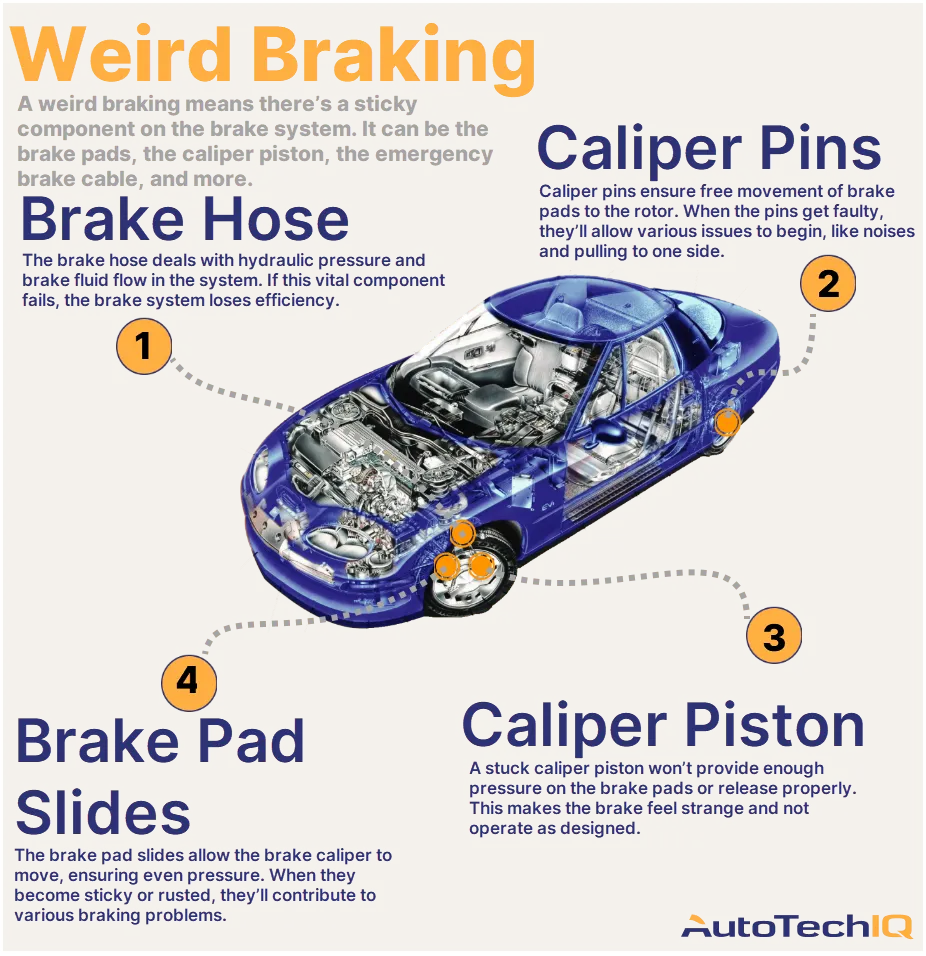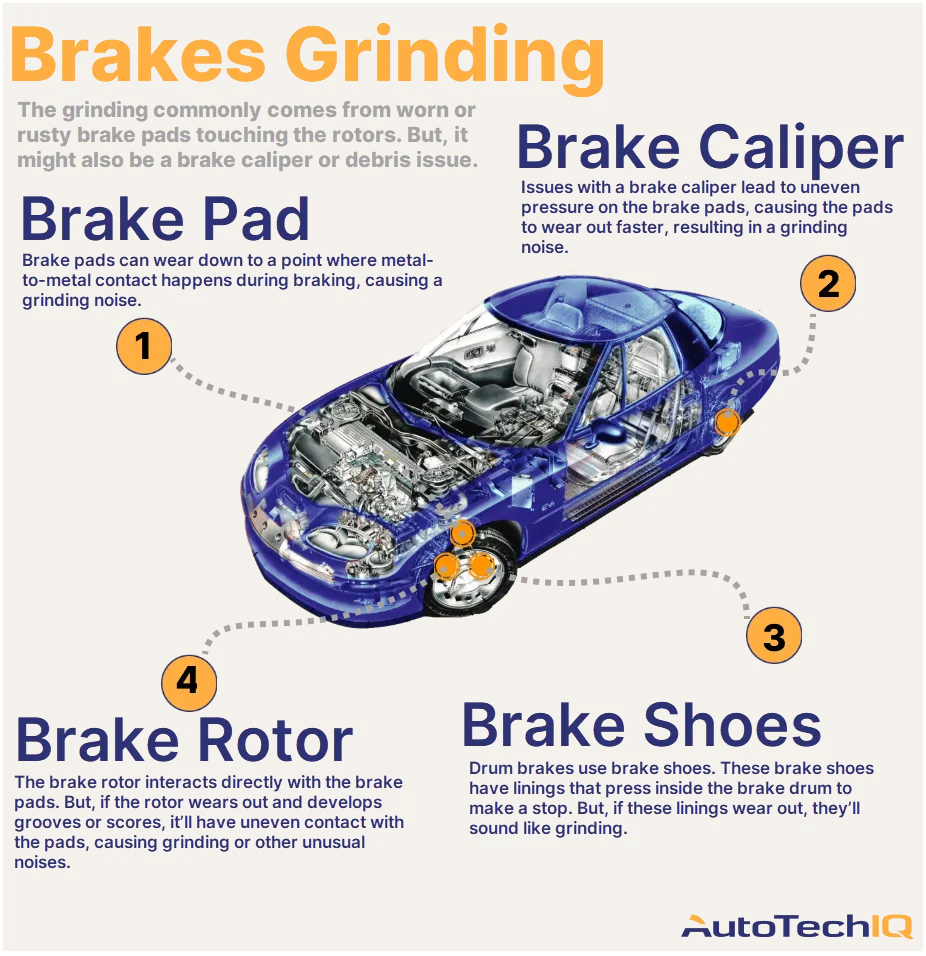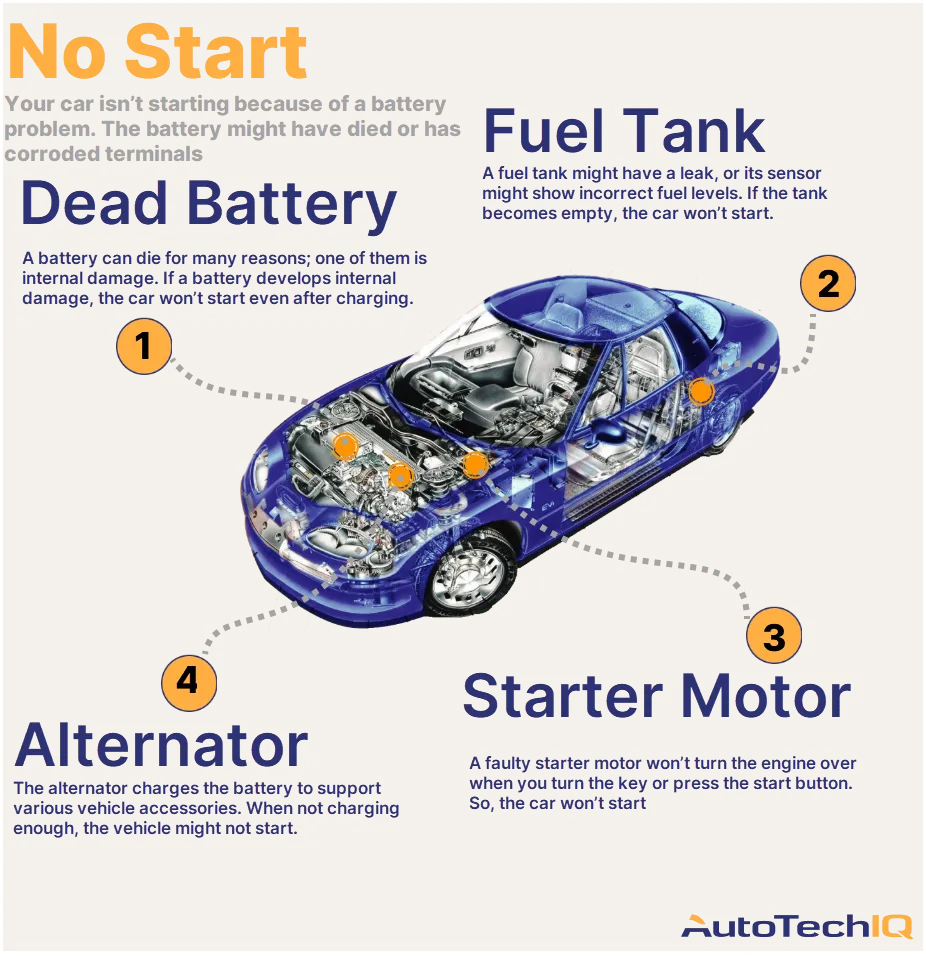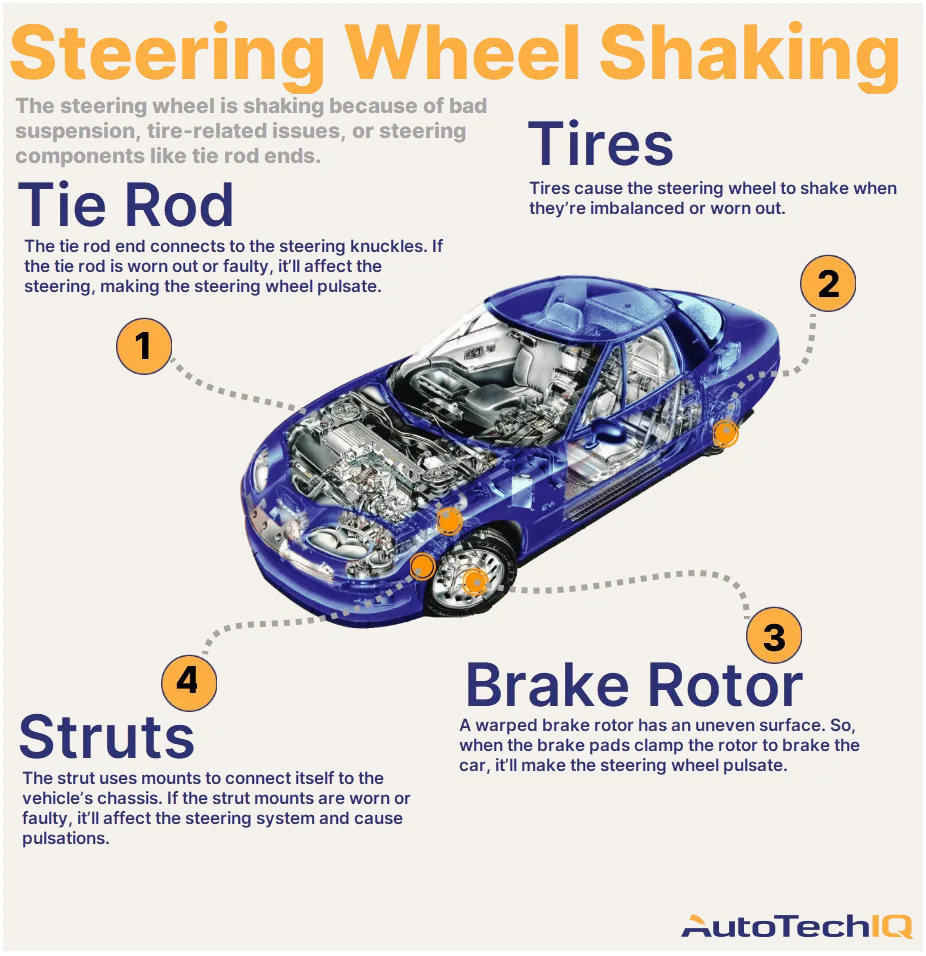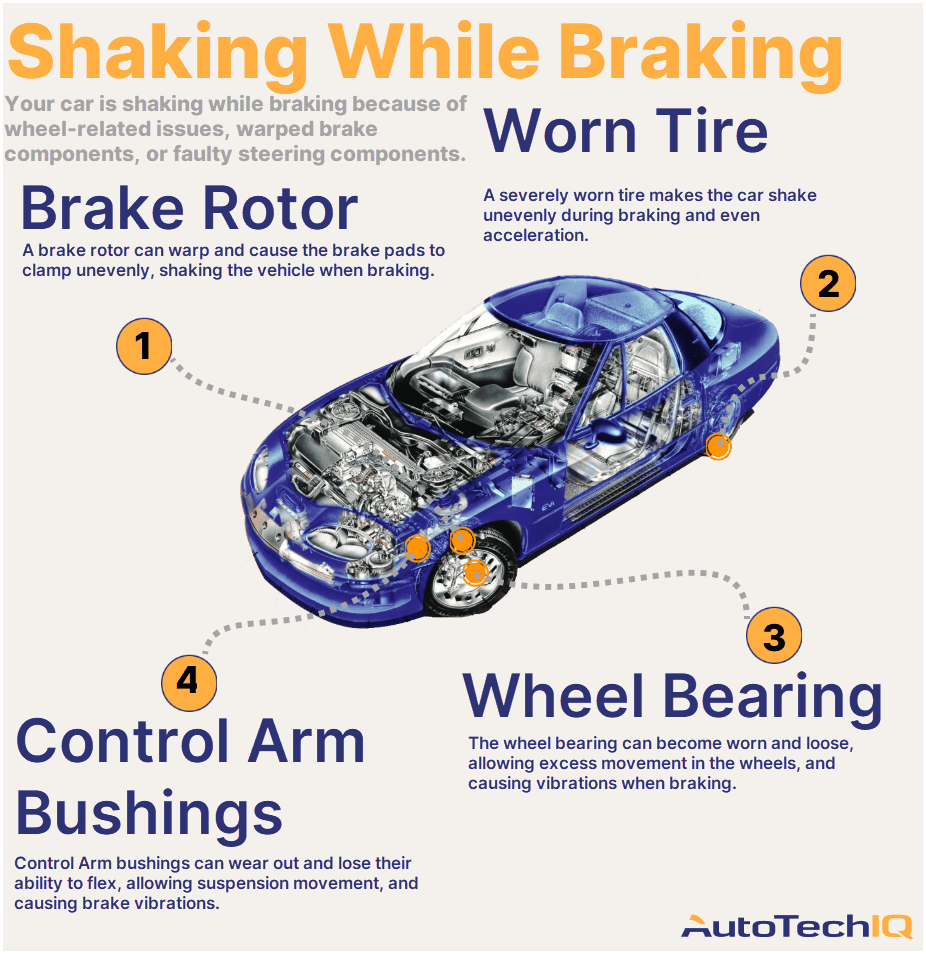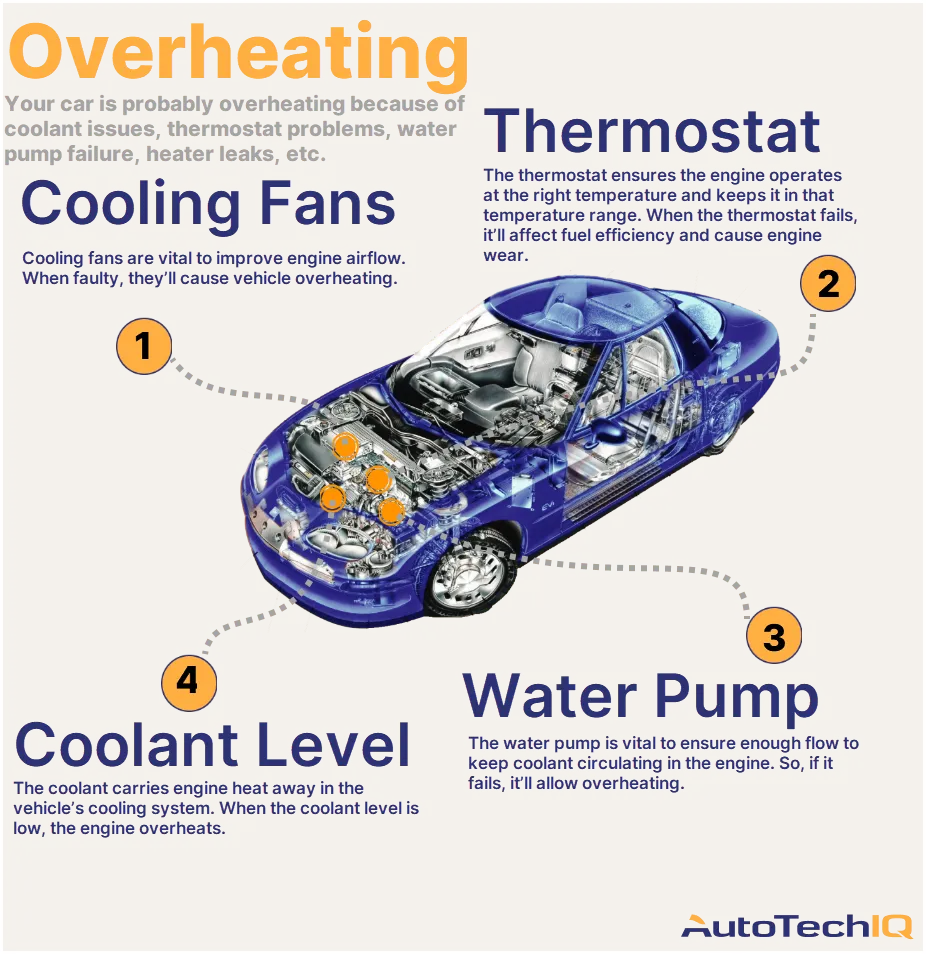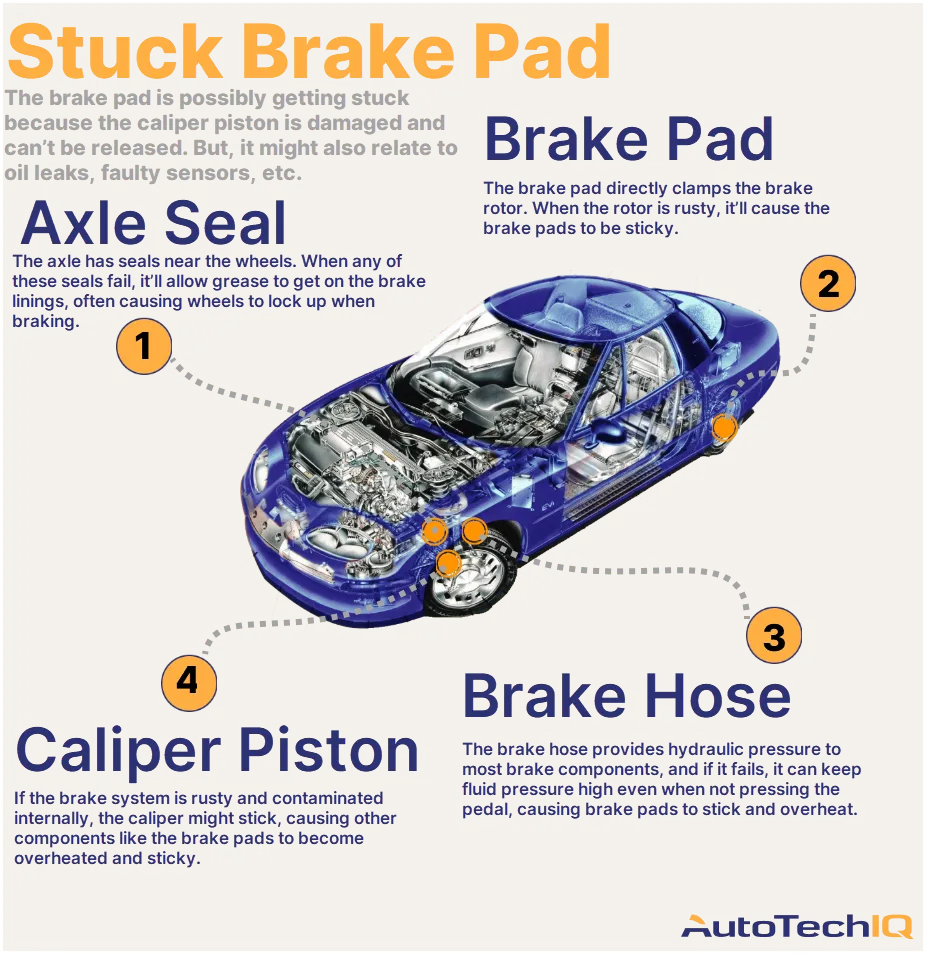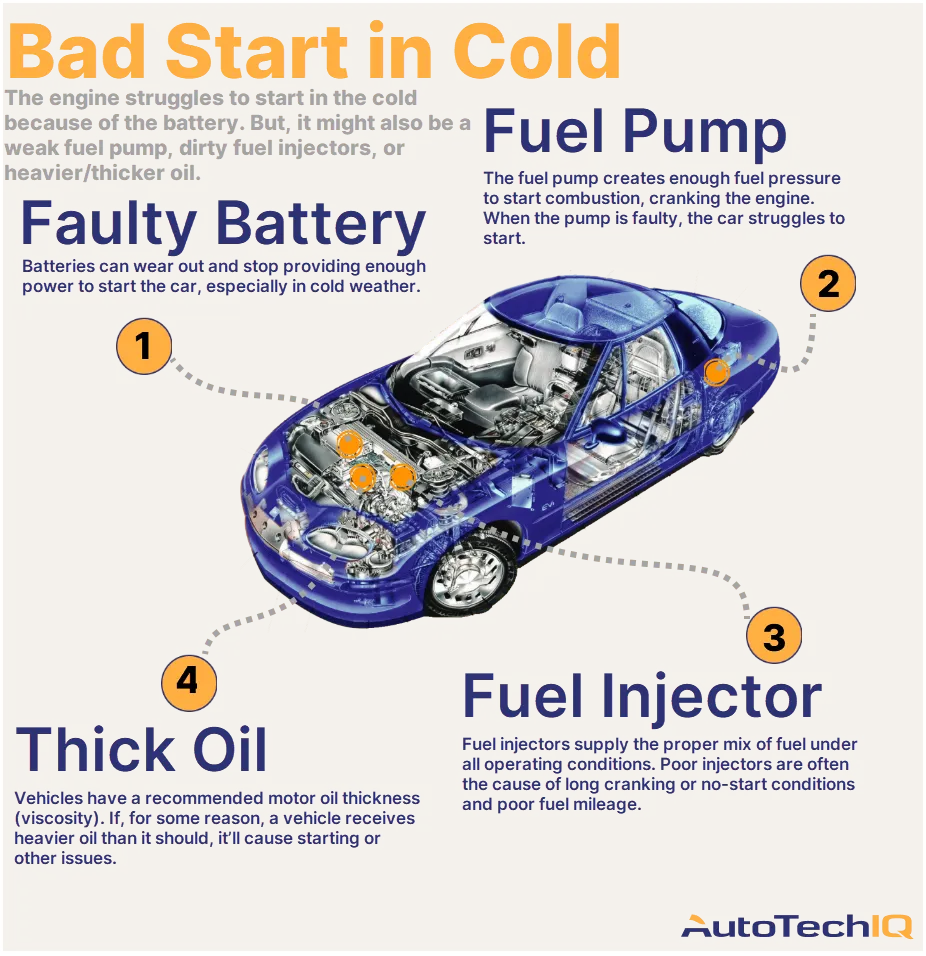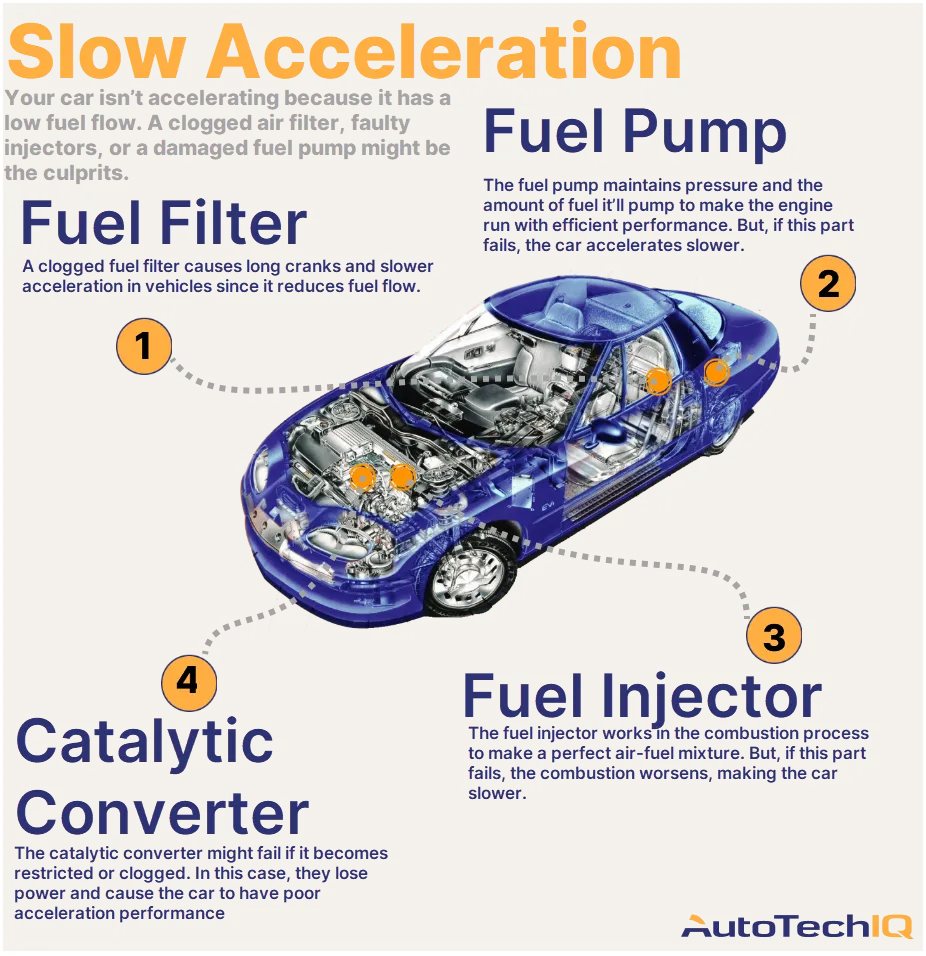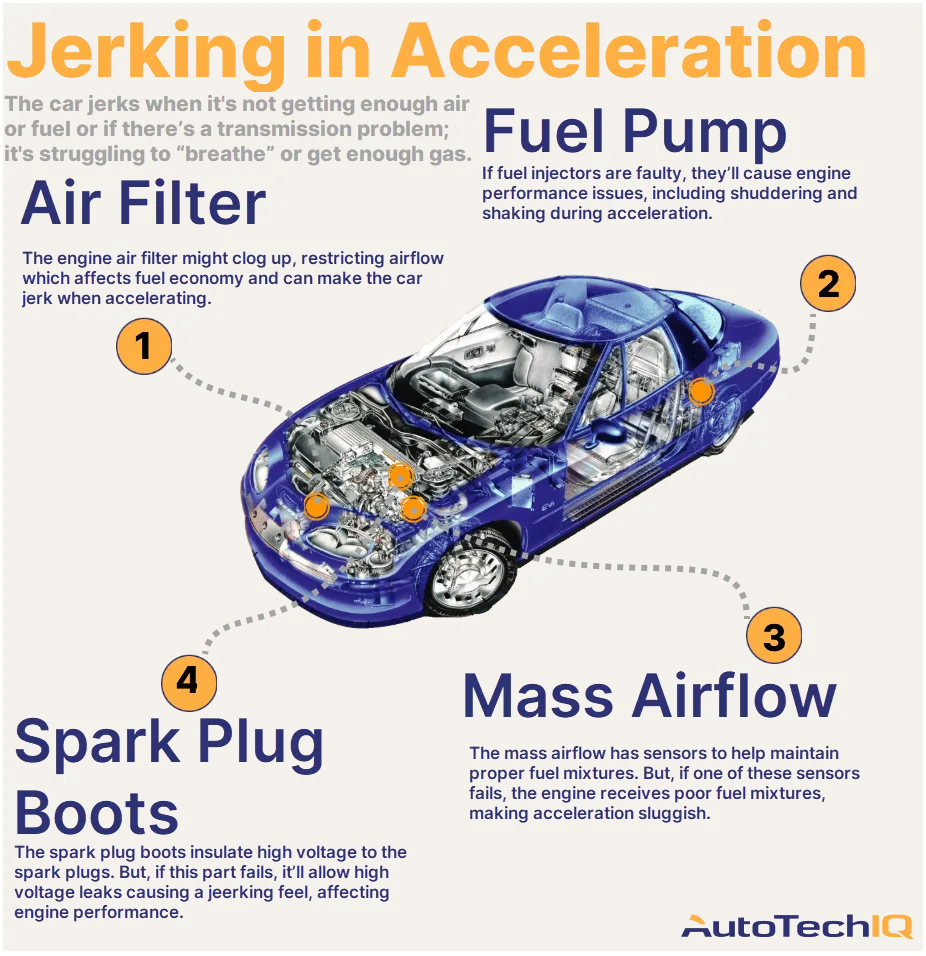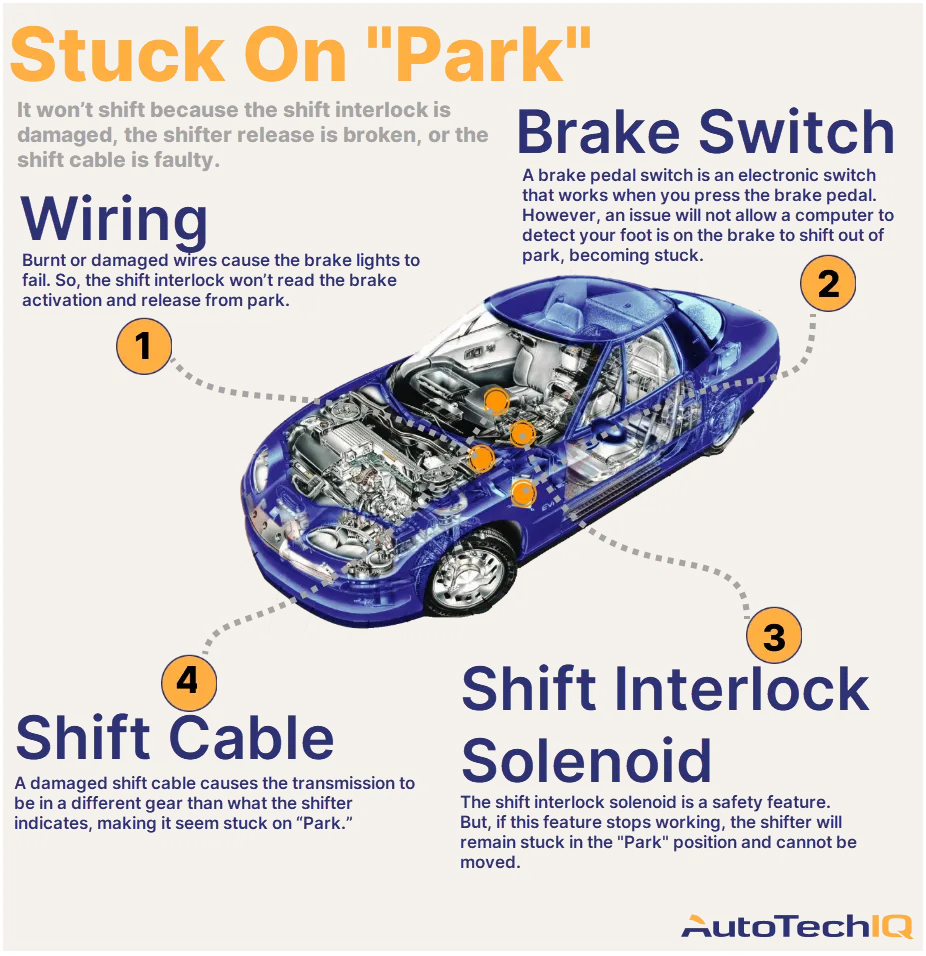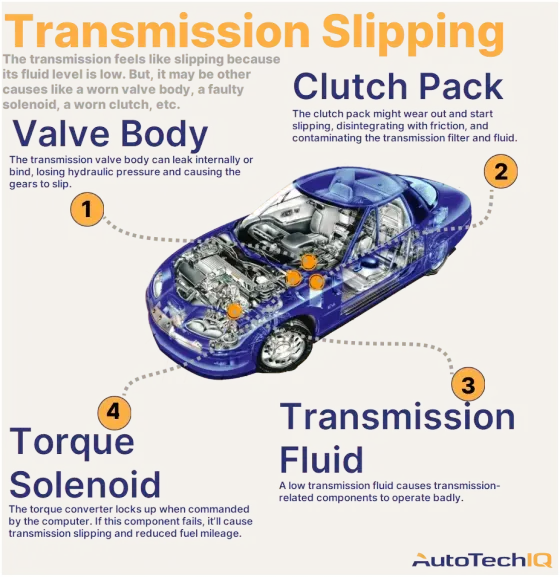
Is Your Car's Transmission Slipping?
The transmission feels like slipping because its fluid level is low. However, in rarer cases, it can be an issue with a worn valve body, a faulty solenoid, a worn clutch, or damage to the transmission module itself.
Whether you drive an automatic or a manual, your vehicle's transmission is critical. If the transmission slips or gets stuck in gear, you lose control of your speed and risk stalling out on the road.
When they work correctly, automatic transmissions shift seamlessly with acceleration or deceleration. However, if you're low on fluid, there is wear on the discs, or if there is some other disturbance, your automatic transmission might get stuck in gear, shift gears at the wrong time, or cause your car to die altogether. All in all, you might end up facing an annoying issue: slipping transmission.
Watch out: Some transmission problems require simple solutions like a fluid refill or valve replacement. But, regardless of the problem, it's wise to take action. Manual and automatic transmission slipping can worsen as you drive, causing extra damage to the system or putting unnecessary strain on your engine as it cranks through RPMs without generating power.

